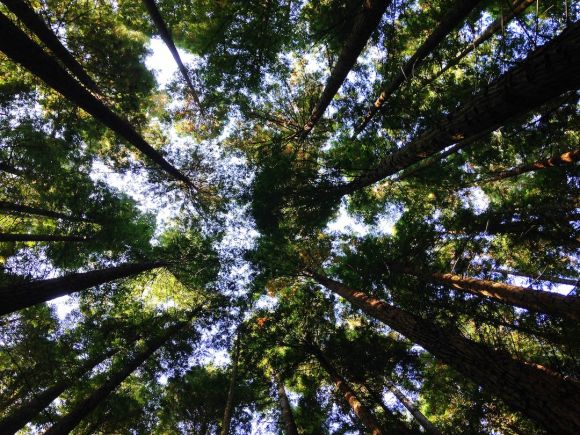In today’s world, the need for a greener future has never been more crucial. With the increasing threats of climate change and environmental degradation, it is essential that we take immediate action to protect our planet. But where do we start? What are the key steps we can take to create a greener future? In this article, we will explore some of the most effective strategies that individuals, communities, and governments can implement to make a positive impact on the environment.
Transitioning to Renewable Energy Sources
One of the most significant steps in creating a greener future is transitioning to renewable energy sources. Fossil fuels are a major contributor to greenhouse gas emissions, which are the leading cause of climate change. By investing in and adopting renewable energy technologies such as solar and wind power, we can significantly reduce our carbon footprint and decrease our reliance on non-renewable resources. Governments should provide incentives and subsidies to encourage the use of renewable energy, while individuals and communities can switch to solar panels and participate in community wind energy projects.
Promoting Sustainable Transportation
Another key step in creating a greener future is promoting sustainable transportation. The transportation sector is a significant contributor to greenhouse gas emissions, primarily through the use of fossil fuel-powered vehicles. By encouraging the use of public transportation, carpooling, cycling, and walking, we can reduce our carbon emissions and improve air quality. Governments should invest in the development of robust public transportation systems and infrastructure, while individuals can opt for electric or hybrid vehicles and prioritize eco-friendly modes of transportation whenever possible.
Implementing Waste Reduction and Recycling Programs
Waste management is another critical aspect of creating a greener future. Landfills contribute to greenhouse gas emissions and pose a threat to the environment and human health. By implementing waste reduction and recycling programs, we can minimize the amount of waste sent to landfills and conserve valuable resources. Governments should enforce strict recycling policies and provide education and awareness programs to promote responsible waste management. Individuals can reduce their waste by practicing the 3Rs: reduce, reuse, and recycle, as well as composting organic waste.
Protecting Natural Resources and Biodiversity
Preserving natural resources and biodiversity is essential for creating a greener future. Deforestation, habitat destruction, and overexploitation of resources have severe consequences for the environment and wildlife. Governments should establish protected areas, enforce strict regulations on logging and mining activities, and invest in reforestation efforts. Individuals can support conservation organizations, buy sustainably sourced products, and make conscious choices that minimize their impact on natural resources.
Promoting Sustainable Agriculture and Food Systems
The agricultural sector also plays a significant role in creating a greener future. Unsustainable farming practices, such as excessive use of chemicals and monoculture, contribute to soil degradation, water pollution, and biodiversity loss. Governments should promote sustainable agricultural practices, such as organic farming and agroforestry, and support small-scale farmers. Individuals can choose locally sourced, organic, and seasonal produce, reduce food waste, and consider adopting plant-based diets, which have a lower environmental footprint.
Conclusion: Taking Action for a Greener Future
Creating a greener future requires collective action and commitment from individuals, communities, and governments. Transitioning to renewable energy sources, promoting sustainable transportation, implementing waste reduction and recycling programs, protecting natural resources and biodiversity, and promoting sustainable agriculture and food systems are key steps that can make a significant difference. By embracing these strategies, we can pave the way for a more sustainable and environmentally friendly future. It is up to us to take action and create the change we want to see.
